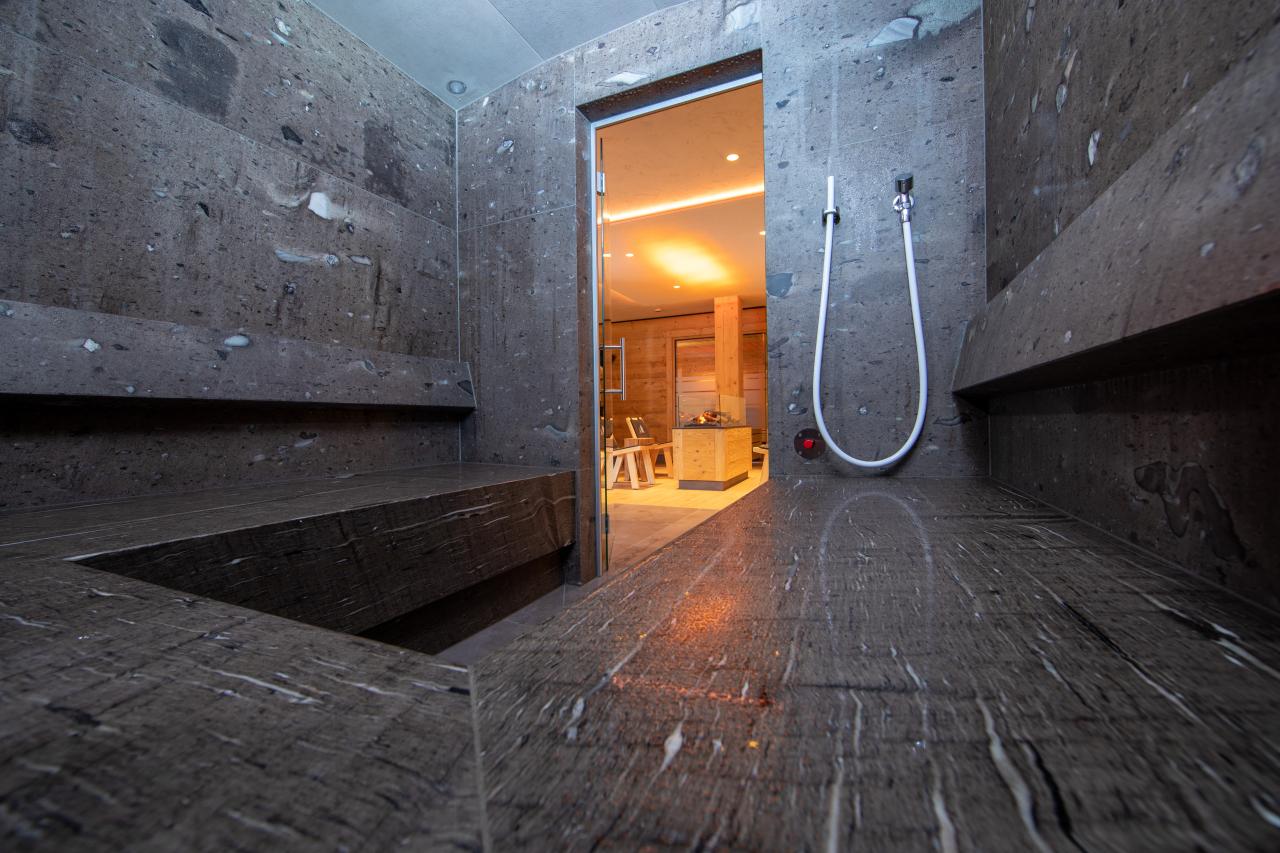The prospective buyer of a sauna is confronted by manufacturers and dealers with a multitude of terms, some of which have arisen from historical development, but most of which are the product of the imagination of advertising copywriters. Here are some definitions of terms.
The difference between different saunas and types of bath

Finnish sauna
Classic historical log cabin, preferably next to a lake, heating with hot stones, which are also used to generate a steam jet, the so-called infusion, operating mode: dry hot air.
Modern sauna
Electrically heated wooden cabin installed in a residential building. Additional facilities include a hot/cold shower and, depending on the level of comfort required, a plunge pool, foot bath, relaxation room, solarium, swimming pool ...
About 30 years ago, the trend began to use the private sauna cabin for steam bathing, with steam baths, which had become rare in our country, regaining considerable popularity. A distinction is made between the following types of steam:
Russian bath (banya)
Air temperature 45 °C at a humidity of 100 % with clouds of mist.
Irish bath
Air temperature 50-55 °C, relative humidity around 90 %, little fog.
In addition to these classic steam bath types, which have been known for centuries, there are also various types of soft steam baths, whose water vapour concentration is limited to 60-70% relative humidity for control reasons. Cabins that are also equipped with steam generators have been given company-specific names, which are based on Roman bathing rooms in various word combinations. The tepidarium is of particular interest here, as it enables optimum results in terms of thermal comfort and therapeutic applications of natural healing methods. The key feature of a (genuine) tepidarium is that the wall is heated from the inside.